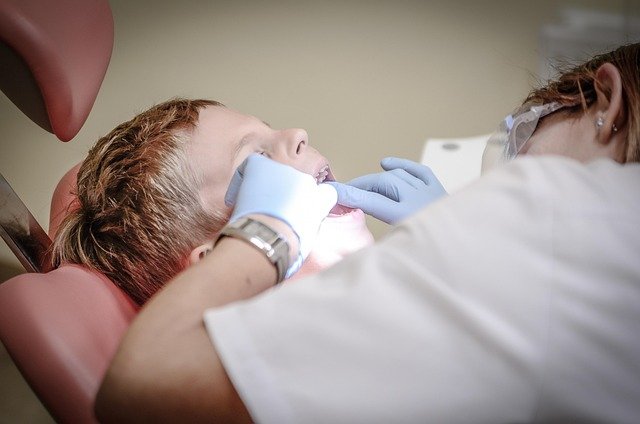Dental Implants Through Public Health System: Complete Guide
In New Zealand, dental implants can be accessed through the public health system in certain clinical cases. This guide outlines who qualifies, what documentation is needed, the steps in the referral process, possible costs not covered, and what alternatives are available if you’re not approved. Be prepared for every scenario.

New Zealand’s public dental health system offers dental implant services, though access is limited and governed by strict eligibility criteria. Understanding how to navigate this system effectively can help patients access necessary implant treatment while managing costs and expectations appropriately.
Understanding Public Dental Services Eligibility in NZ
Public dental services eligibility in NZ for implants typically requires meeting specific medical criteria rather than cosmetic preferences. Patients must demonstrate that implant treatment is medically necessary, often following trauma, cancer treatment, or congenital conditions affecting oral function. Priority is given to cases where missing teeth significantly impact eating, speaking, or overall health. Age restrictions may apply, with some services prioritizing younger patients or those with specific medical conditions. Community Services Card holders and beneficiaries often receive preferential access, though eligibility extends beyond financial circumstances to include clinical necessity.
Clinical Pathways for Implant Referrals
Clinical pathways for implant referrals begin with assessment by a general dentist or medical practitioner who determines medical necessity. Referrals are typically made to hospital dental departments or specialist oral surgery units within District Health Boards. The referral process involves comprehensive clinical examination, radiographic assessment, and documentation of functional impairment. Waiting lists vary significantly between regions, with urgent cases receiving priority. Some pathways require initial consultation with prosthodontists or oral surgeons who assess suitability for implant treatment versus alternative solutions like dentures or bridges.
Common Co-payment Expenses
Common co-payment expenses within the public system can vary depending on individual circumstances and treatment complexity. While emergency dental care may be fully subsidized, elective implant procedures often require patient contributions. Co-payments typically cover materials, laboratory fees, and specialized components not included in basic public funding. These expenses can range from several hundred to several thousand dollars, depending on the number of implants required and associated procedures. Some District Health Boards offer payment plans or additional subsidies for patients experiencing financial hardship, though availability varies by region.
Required Health Records and Documents
Required health records and documents for public implant referrals include comprehensive dental history, recent radiographs, and medical records detailing relevant health conditions. Patients must provide proof of eligibility such as Community Services Cards, benefit statements, or residency documentation. Clinical photographs, dental impressions, and specialist reports may be requested to support the referral. Previous treatment records, including failed dental work or trauma documentation, strengthen applications for publicly funded implant treatment. Some cases require psychological assessment or quality of life evaluations to demonstrate the impact of missing teeth on daily functioning.
| Service Type | Provider | Cost Estimation |
|---|---|---|
| Single Implant (Public) | DHB Dental Services | $800 - $2,500 |
| Multiple Implants (Public) | Hospital Oral Surgery | $2,000 - $8,000 |
| Full Mouth Reconstruction | Specialist DHB Units | $5,000 - $15,000 |
| Emergency Implant (Trauma) | Public Hospital | $500 - $3,000 |
Prices, rates, or cost estimates mentioned in this article are based on the latest available information but may change over time. Independent research is advised before making financial decisions.
Appeal Options and Alternatives
Appeal options and alternatives exist for patients whose initial applications are declined or who face extended waiting periods. Formal appeal processes allow patients to challenge decisions through District Health Board complaint procedures or Health and Disability Commissioner pathways. Alternative funding sources include charitable organizations, dental schools offering supervised treatment, or payment assistance programs. Some patients explore hybrid approaches, combining public assessment with private treatment, or seek second opinions from different DHB regions. Community health centers and mobile dental services may provide interim solutions while waiting for implant approval.
The public dental implant system in New Zealand balances limited resources with genuine medical need, requiring patients to demonstrate clear functional impairment rather than cosmetic concerns. Success in accessing public implant services depends on thorough documentation, appropriate referrals, and understanding regional variations in service delivery. While waiting times and co-payments present challenges, the system provides valuable access to implant treatment for eligible patients who might otherwise be unable to afford private care. Patients should maintain realistic expectations about timelines and costs while exploring all available options within the public healthcare framework.




